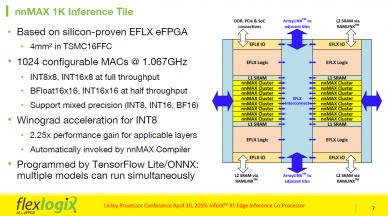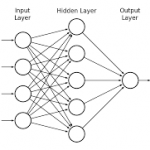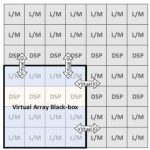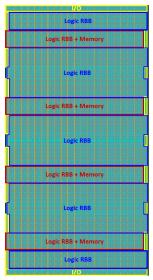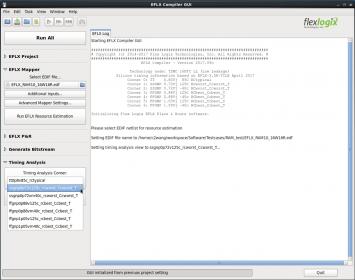We started working with Felx Logix more than eight years ago and let me tell you it has been an interesting journey. Geoff Tate was our second CEO Interview so this is a follow up to that. The first one garnered more than 15,000 views and I expect more this time given the continued success of Flex Logix pioneering the eFPGA market, absolutely.… Read More
Tag: cheng wang
Flex Logix InferX X1 Optimizes Edge Inference at Linley Processor Conference
Dr. Cheng Wang, Co-Founder and SVP Engineering at Flex Logix, presented the second talk in the ‘AI at the Edge’ session, at the just concluded Linley Spring Processor Conference, highlighting the InferX X1 Inference Co-Processor’s high throughout, low cost, and low power. He opened by pointing out that existing inference solutions… Read More
Machine Learning and Embedded FPGA IP
Machine learning-based applications have become prevalent across consumer, medical, and automotive markets. Still, the underlying architecture(s) and implementations are evolving rapidly, to best fit the throughput, latency, and power efficiency requirements of an ever increasing application space. Although ML is … Read More
The Best of IP at DAC 2018 Conference
Design IP is going well, with 12% YoY growth in 2017, even if the market is about $3.5B. But Design IP is serving a $400B semiconductor market. Can you imagine the future of the semi market if the chip makers couldn’t have access to Design IP? The same is true for EDA: it’s a niche market (CAE revenues was about $3B and IC Physical Design… Read More
Hard IP for an embedded FPGA
As Moore’s Law enables increased integration, the diversity of functionality in SoC designs has grown. Design teams are seeking to utilize outside technical expertise in key functional areas, and to accelerate their productivity by re-using existing designs that others have developed. The Intellectual Property (IP) industry… Read More
Configurability for Embedded FPGA Hard IP
IP providers need to evaluate several complex engineering problems when addressing customer requirements – perhaps the most intricate challenge is the degree of IP configurabilityavailable to satisfy unique customer applications. … Read More
The hierarchical architecture of an embedded FPGA
The most powerful approach to managing the complexity of current SoC hardware is the identification of hierarchical instances with which to assemble the design. The development of the hierarchical design representation requires judicious assessment of the component definitions. The goals for clock distribution, power … Read More
"The Year of the eFPGA" 2017 Recap
This past January, I had postulated that 2017 would be the “Year of the Embedded FPGA”, as a compelling IP offering for many SoC designs (link). As the year draws to a close, I thought it would be interesting to see how that prediction turned out.
The criteria that would be appropriate metrics include: increasing capital investment;… Read More
Timing Analysis for Embedded FPGA’s
The initial project planning for an SoC design project faces a difficult engineering decision with regards to the “margin” that should be included as part of timing closure. For cell-based blocks, the delay calculation algorithms within the static timing analysis (STA) flow utilize various assumptions to replace… Read More
Embedded FPGA IP update — 2nd generation architecture, TSMC 16FFC, and a growing customer base
Regular Semiwiki readers are aware that embedded FPGA (eFPGA) IP development is a rapidly growing (and evolving) technical area. The applications for customizable and upgradeable logic in the field are many and diverse — as a result, improved performance, greater configurable logic capacity/density, and comprehensive… Read More


